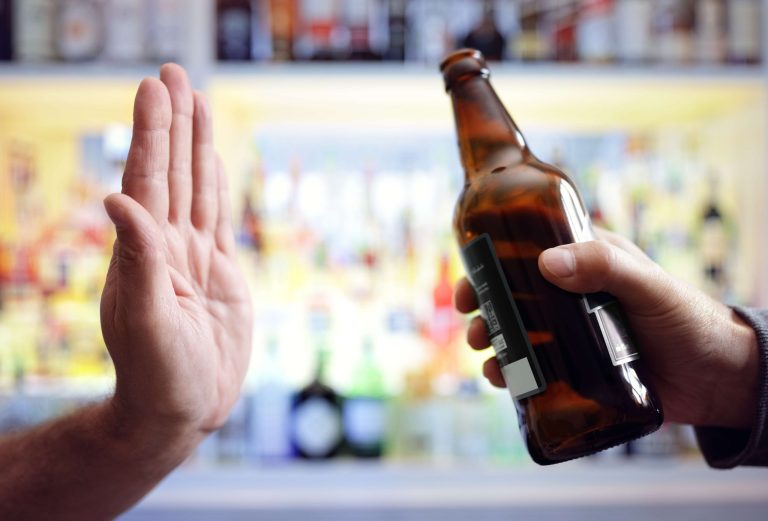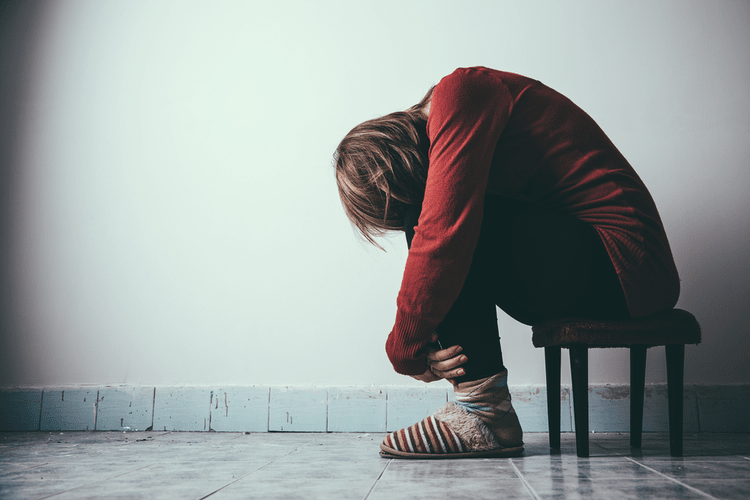Life is unpredictable, and unfortunately, some teens have lived through traumatic events. Deep-rooted stress and anxiety related to the traumatic event can be a lot for an adult to process, let alone a https://www.leerebelwriters.com/alcoholic-ketoacidosis-signs-symptoms-and/ teen. Find rehab for yourself or a loved one by speaking with a treatment provider. Discover affordable rehab centers near you, offering easy access and convenience.
What is alcoholism?
Future trials should focus on reporting separate data for gender and socioeconomic subgroups since the impact of such behavior change interventions might vary among various population subgroups. Lastly, there is a dire need for rigorous, higher quality evidence especially from low- and middle-income countries on effective interventions to prevent and manage substance abuse among adolescents. Preventing teen drug abuse involves fostering open communication, education, and promoting healthy coping mechanisms. Early intervention identifies at-risk teens through school programs and community initiatives, offering support and counseling. Parental involvement and awareness campaigns play a vital role in creating a supportive environment that equips teens with the tools to make informed, positive choices, mitigating the risk of substance abuse. Brief Strategic Family Therapy (BSFT) is an indicated family-based prevention program that aims to decrease individual and family risk factors through skills building and by improving and strengthening family relationships.
Identifying and Addressing Risk Factors
As they get older, they’re exposed to more adult experiences and go through a new, heavy wave of societal pressure that can lead them to substance use, if not properly guided. NIDA-supported prevention research adapts to address evolving situations like the current drug overdose crisis; equitable access to health care; and social and structural influences on health. NIDA research also aims to promote and to capitalize on advances in basic and behavioral sciences, data science, and technology. Other health problems like allergies, sinus infections, hormone imbalances, or mental disorders can also cause these symptoms in teens. Being on the lookout for drug paraphernalia and signs and symptoms of drug abuse can help adults recognize at-risk teens.
Addiction’s Root Causes: Unraveling the Complex Origins of Substance Dependency
Relapse doesn’t mean that treatment has failed or that sobriety is a lost cause. Rather, it’s a signal to get back on track, marijuana addiction either by going back to treatment or adjusting the treatment approach. Early intervention can make a substantial difference in treatment success. Boost your child’s self-esteem by praising their efforts and achievements.
- Discover affordable rehab centers near you, offering easy access and convenience.
- The LST program is implemented either by a trained classroom teacher, counselor, or health professional.
- Additionally, associating with peers who engage in substance use or neglecting responsibilities might also serve as warning signs.
- In addition, BSFT was found to produce effects on other outcomes, including engagement in therapy, conduct problems and aggression, and family functioning.
- Let’s talk about the elephant in the room – the long-term consequences of teen addiction.

In fact, teens are more likely to abuse prescription and over-the-counter drugs, including painkillers, stimulants, sedatives, and tranquilizers. In many cases, these drugs are much easier for teens to procure, yet they can have dangerous, even lethal, side effects. In recent years, prescription drug abuse has become an escalating problem, most commonly involving opioid painkillers, anti-anxiety medications, sedatives, and stimulants.
- By fostering trust and understanding, you can help them through difficult times.
- For each Blueprints certified program, it provides a “fact sheet” that details the basic information about the program, including program description, program outcomes, and endorsements by other registries.
- Also, if adolescents begin to use drugs or alcohol as a coping mechanism, they may be more likely to rely on them to navigate life’s basic challenges.
- A second study evaluated the short-term effects of BASICS on college students engaging in binge drinking.
Ensure all students are connected with teachers they trust and respect—teachers who know them well enough to identify warning signs. These forms of media many times glorify or romanticize the use of drugs, thus making using drugs look enticing and thrilling to the people teen drug abuse watching, especially teens. To help overcome this perception, it’s important for people to talk and discuss what they saw in the movie or television show. According to MayoClinic.com, teens also are often exposed to drug use over the Internet and other other media outlets; therefore, it is important for caregivers to talk with their teens about what they saw in the media about drug use. These discussions can help counter any positive images of drug abuse displayed in the media. If you suspect a teen is abusing drugs, approach them with empathy and open communication.
These structural and functional differences translate into poorer performances in neurocognitive tests of attention, working memory, spatial functioning, verbal and visual memory, and executive functioning 11. Nicotine, another substance popular amongst teenagers, has been shown to negatively affect impulse control, attention span, memory, and executive function in adolescents. Compared to non-smokers, teenage smokers are significantly more likely to use other drugs, engage in high-risk sexual behavior, and develop psychiatric disorders. For this reason, the age of first cigarette use is a risk factor for nicotine dependence 13. In fact, approximately 90% of adult smokers began smoking prior to turning 18 years of age 12, suggesting that adolescence is a critical developmental window related to lifelong nicotine dependence. We report findings from a total of 20 systematic reviews focusing on various interventions for smoking/tobacco use among adolescents.
Next step: Getting help for drug abuse or addiction

The second component is responsible beverage service, which involves training alcohol beverage servers and assisting retailers develop policies and procedures to reduce drunkenness and driving after drinking. The third component aims to reduce drinking and driving through increased law enforcement and sobriety checkpoints. The fourth component reduces underage alcohol access by training alcohol retailers to avoid selling to minors and those who provide alcohol to minors, and through increased enforcement of laws regarding alcohol sales to minors.
Setting Healthy Boundaries in Relationships
It’s important to understand what substances teens are abusing to create more tailored prevention strategies. Fortunately, the rates of use have decreased since the pre-pandemic levels. However, the overdose rates among teens nearly doubled after 2020 and remained elevated into 2022. Austin’s professional history includes both local church ministry and clinical counseling.